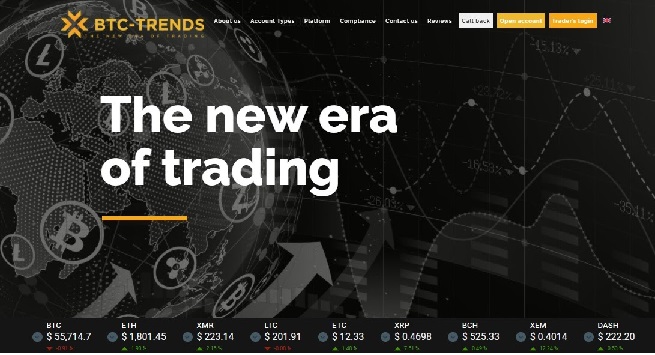The market interest in bitcoin mining has grown significantly over the past four years. The hashrate jumped almost 100-fold since the previous halving.
On the eve of the halving in the bitcoin network, which is scheduled to take place in mid-May 2020, the Chinese mining pool Poolin studied the bitcoin mining market and published the results of the study. If in 2016 the hashrate of the bitcoin network was only 1.4 exahashes, now it reached 125 exahashes, growing almost 100-fold. After the halving in 2016, when the reward for miners reduced from 25 BTC to 12.5 BTC, more powerful 16nm chips with 14 TH/s of mining power appeared on the market. They were followed by more powerful 10nm, 7nm and even 5nm chips which are even more energy efficient. As a result of the upcoming halving, the older mining machines that consume more electricity and with less productivity will no longer be beneficial for owners, and there is a high chance that they will be disconnected from the network or relocated to other regions with a more favorable tariff for energy. The question is how much hashrate the bitcoin network will lose as a result of inefficient ASICs shutdown.
According to analysts from the Poolin mining pool, the most popular Bitmain S9 ASIC miner accounts for 15%-30% of the bitcoin network hashrate. They expect most of them to stop working after the halving, admitting however that some of S9s have access to cheap electricity and continue working in the near future.
There are three changing variables that miners must consider when calculating profitability: revenue, costs, and complexity. Poolin analysts calculated the break-even level of two dozen ASIC miners, taking into account the current complexity of the bitcoin network and the bitcoin price ($7000 at the press time). Antminer V9 has the lowest production cost, while the S9, the most popular among miners, is much inferior to other machines.
According to Poolin, the upper limit of the cost of electricity, at which bitcoin mining will be profitable, after the halving will drop to $0.034 per kWh. For S9 to remain profitable it is necessary to find electricity costing less than $0.02 kWh. Even the prices for hydropower plants in Sichuan, China, during the rainy season are significantly higher than this level.
Poolin predicts that up to 30% of unprofitable machines will be switched off in the first week after the halving, and it will result in an increase of time needed for block mining.










